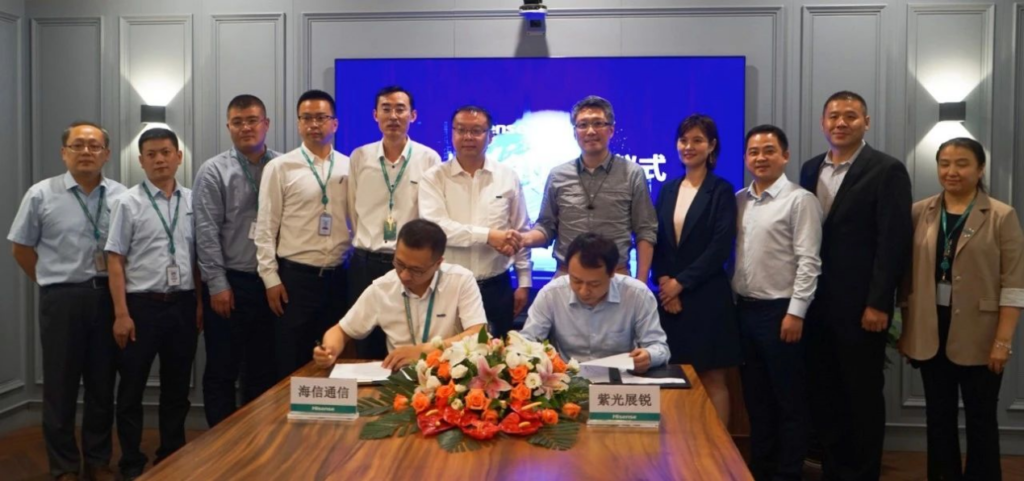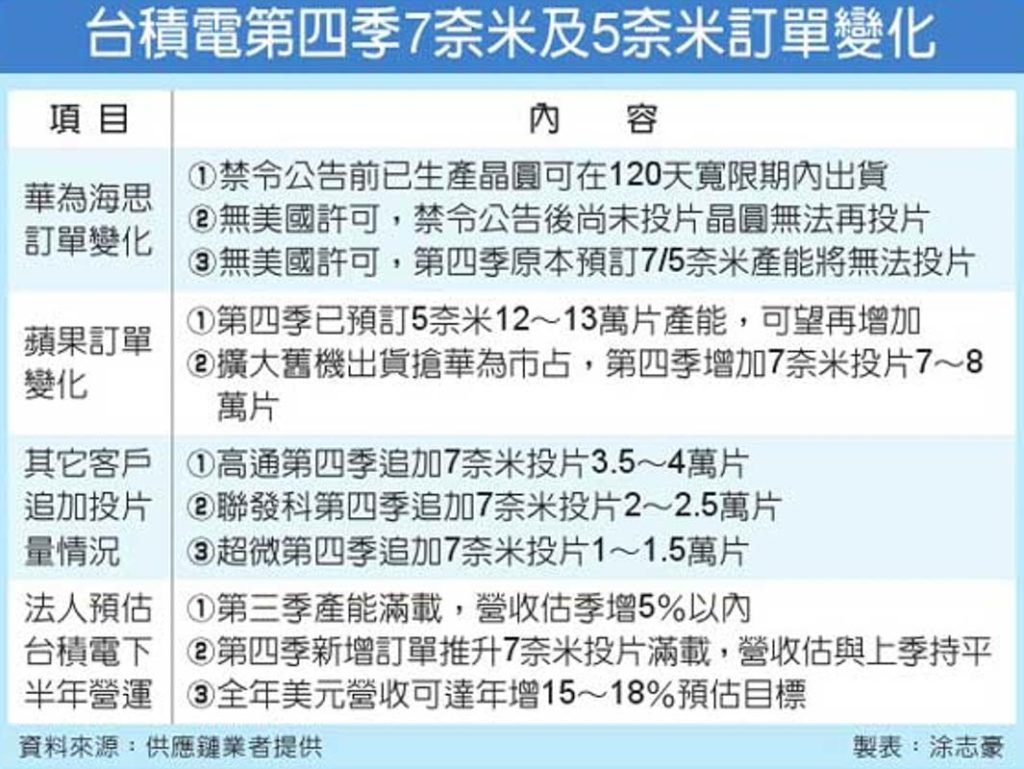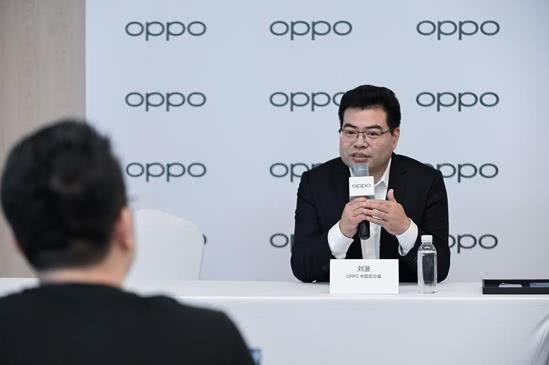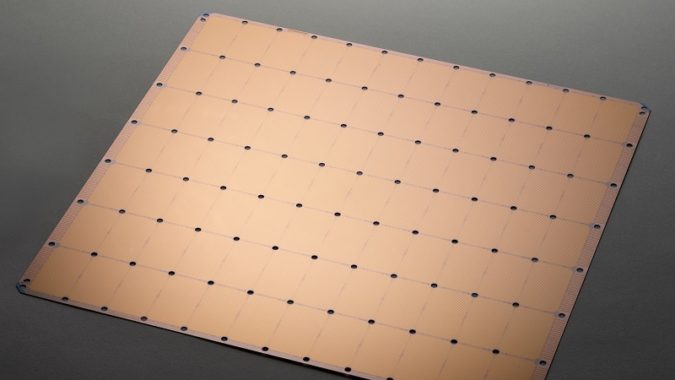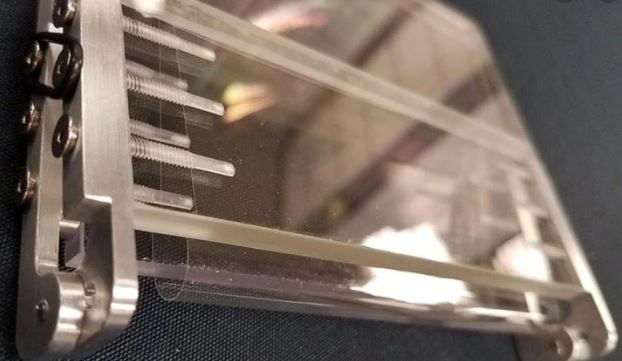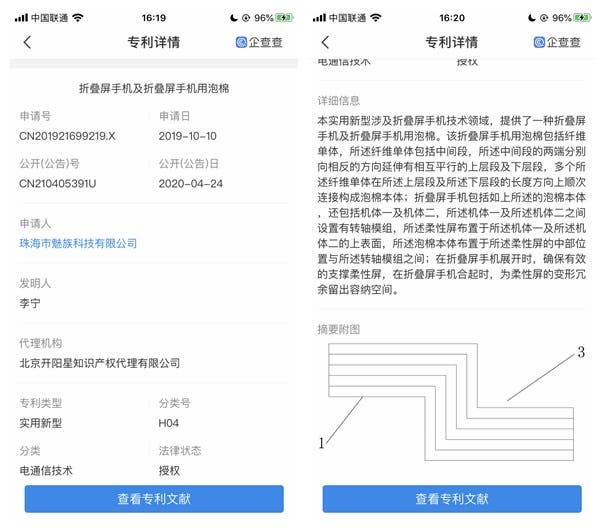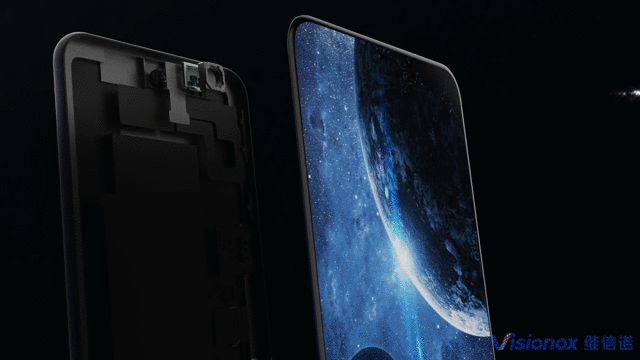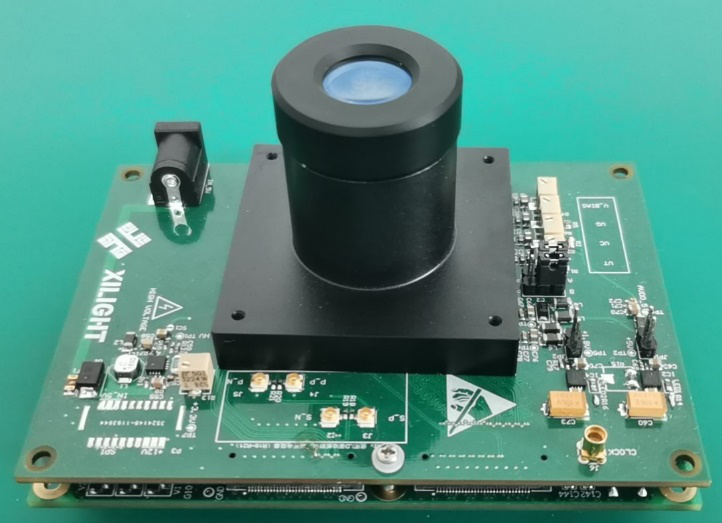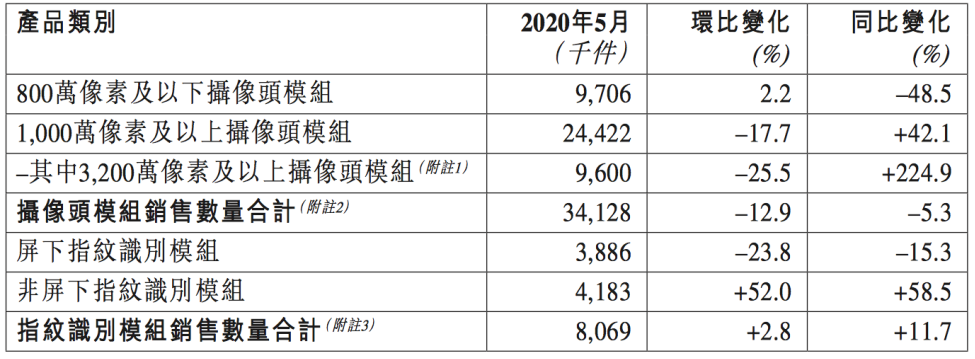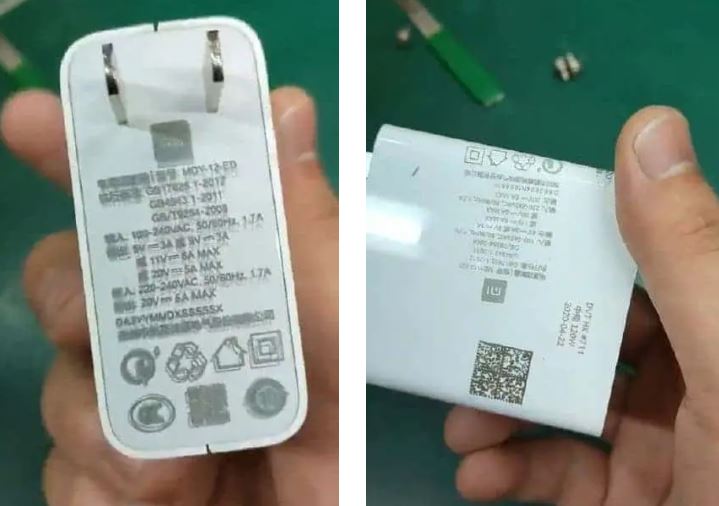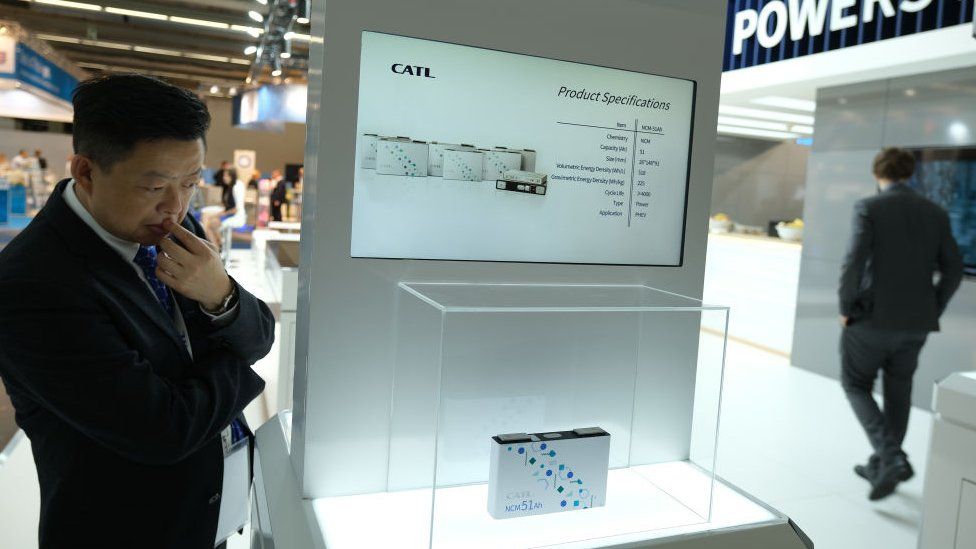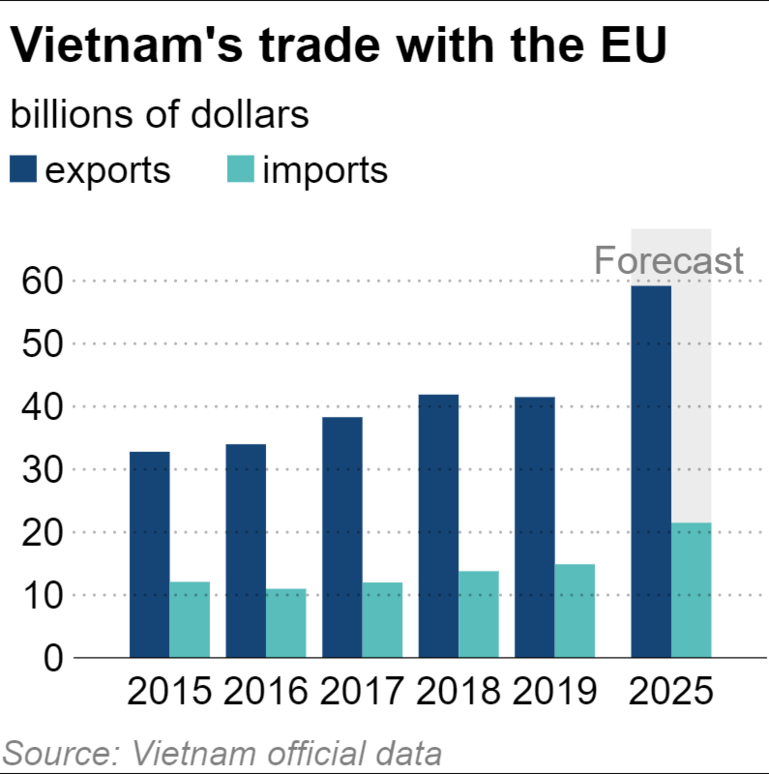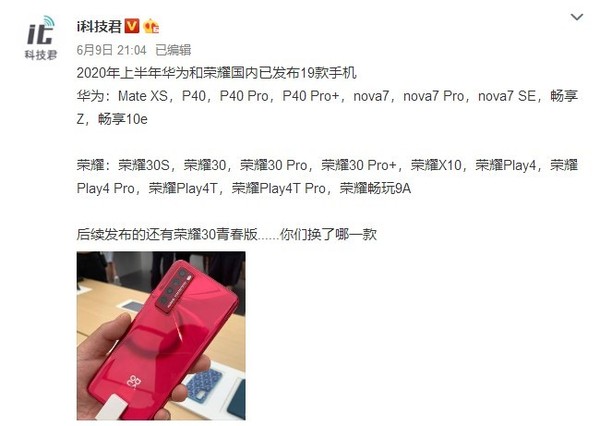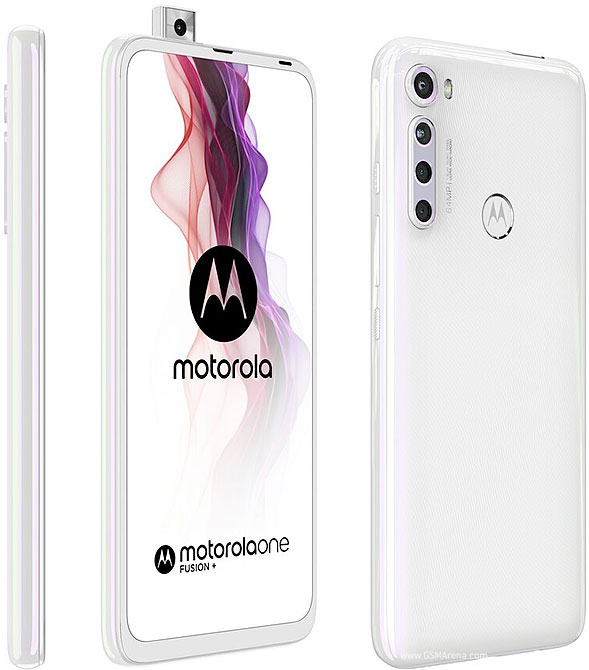
6-10 #BunkerBoy: UNISOC has announced that it has signed a strategic cooperation agreement with Hisense; BOE have allegedly failed to pass Samsung’s quality testing; Visionox has revealed the company is ready to begin mass production of displays with under-screen cameras; etc.
Chipsets
UNISOC has announced that it has signed a strategic cooperation agreement with Hisense in Qingdao. Both companies will leverage their respective areas of expertise and advantages, deepen 5G business cooperation, and work together in all fields of mobile phones, tablets, home appliances, modules, CPE, smart hardware and other products to carry out all-round cooperation, and actively explore 5G. (Laoyaoba, SEMI)
TSMC has announced that its 3nm process is expected to accelerate the production of 2nm after trial production in 1H21 and mass production in 2H22. Recently, it has purchased 2 additional extreme ultraviolet (EUV) machines to invest in 2nm research and development. This makes TSMC’s 2020 capital expenditures hardly revised downwards and is still expected to reach USD16B. (CN Beta, UDN, UDN, LTN)
When Huawei and TSMC cooperation is stalled on production issues, there were a number of large customers, including Apple, Qualcomm, MediaTek, and AMD, who are releasing new products, adding a large number of orders to TSMC. In 4Q20 the production capacity of 7nm is full, and of 5nm is almost full. Apple’s A14 for its 2H20 iPhone 12 has been put into production at TSMC, and it will consume about 12-13M 5nm capacity of TSMC, and intends to consume the capacity that Huawei has cancelled. Moreover, due to the high demands of iPhone 11 and new iPhone SE, Apple has also added orders for A12 / A13, accounting for about 70K~80K pieces of production capacity. (EXP Review, China Times, CN Beta, 36Kr)
Taiwan Semiconductor Manufacturing Co (TSMC) CEO Liu Deyin has officially revealed the company will launch a new 4nm manufacturing process “N4”. The N4 process is an enhanced version of its most advanced 5nm process “N5P”, and is expected to enter mass production in 2023. TSMC is obviously repeating the old routine of the 6nm process N6. It is an upgraded version of the strongest 7nm process N7+. (Gizmo China, My Drivers, Digitimes, UDN)
According to OPPO’s president of China business, the company has to tackle the chip technology and make the technology the crucial driving force for the company’s future growth. He has even mentioned that the company will start by working with key suppliers to design and develop its own smartphone chipsets. (Gizmo China, Caixin Global, QQ)
A USD5M National Science Foundation (NSF) award will allow the Pittsburgh Supercomputing Center (PSC) to deploy a unique high-performance artificial intelligence (AI) system. Neocortex will introduce fundamentally new hardware to greatly speed AI research. PSC, a joint research organization of Carnegie Mellon University and the University of Pittsburgh, will build the new supercomputer in partnership with Cerebras Systems and Hewlett Packard Enterprise (HPE). Each Cerebras CS-1 is powered by one Cerebras Wafer Scale Engine (WSE) processor, which contains 400,000 AI-optimized cores implemented on a 46,225mm2 wafer with 1.2T transistors. (My Drivers, Inside HPC, Business Wire, HPC Wire, Market Watch)
MediaTek is likely to ship more than 80M mobile SoCs for 5G handsets in 2020 mainly to Chinese handset vendors, which may push up its global market share in the segment to at least 40% and serve as a major growth driver for the company, according to the company CEO, Rick Tsai. (CN Beta, Digitimes, Digitimes, Pinggu)
Touch Display
Samsung has debuted ultra-thin glass (UTG) on the Galaxy Z Flip, with the tech made by German manufacturer Schott. Samsung is now joining forces with Corning in order to lower the price of this key foldable smartphone component. Samsung Display and Corning have already agreed on terms for a new ultra-thin glass (UTG) supply chain in the U.S. (Android Authority, Sam Mobile, DDaily)
Samsung Galaxy Fold 2 allegedly might not be compatible with the S Pen stylus. Technical limitations are what has apparently prevented the company from doing that. The Galaxy Fold 2 will likely sport an Ultra-Thin Glass (UTG) display. (Phone Arena, Sam Mobile, The Elec, My Drivers)
Meizu has filed a patent for a foldable smartphone. The patent relates to the technical field of folding screen mobile phones and provides a folding screen mobile phone and foam for folding screen mobile phones. The foam for a folding screen mobile phone includes a fiber monomer, and the fiber monomer includes an intermediate segment. (GizChina, IT Home)
The OLED panels supplied by BOE have allegedly failed to pass Samsung’s quality testing. Samsung is reportedly t0 use BOE’s OLED displays for next generation Galaxy S series in 2021. There is still time for the panel to pass testing. (CN Beta, DDaily, Android Authority)
Camera
Visionox has revealed the company is ready to begin mass production of displays with under-screen cameras, which the company dubs “InV see”. Visionox claims this can be fixed with a different organic and non-organic film materials that allow for higher transparency. The hardware might be new, but it still needs the software to support it – the company claims it has an algorithm that fixes brightness, color gamut, and viewing angle issues and removes the glare. (GSM Arena, Android Authority, OLEDIndustry, CN Beta)
OPPO’s VP Brian Shen has indicated that should not put high expectations of the camera under display technology at the moment. The primary reason for this is the image quality. Unlike regular selfie cameras, the under screen sensors will struggle with high resolution image quality. He has stated that the technology is quite complicated and it will take some time to perfect. (CN Beta, Gizmo China)
Xi’an University of Electronic Science and Technology has released the dToF SPAD lidar sensor chip for the needs of national engineering, aerospace, unmanned systems, consumer electronics and other applications for long-range 3D imaging. The single chip integrates the functions of the core photosensitive device SPAD finishing and precision ranging circuit, a variety of ranging accuracy optimization and anti-background light interference algorithm, etc., can achieve 12-15m long-distance high-precision detection under 200mW power consumption. It is the farthest dToF SPAD detection distance reported so far. (Laoyaoba, CSIA, Xidian)
Q-Tech has released the May 2020 shipment data announcement. The sales volume of camera module has decreased by approximately 12.9% QoQ and 5.3% YoY. The sales volume of camera module products of 10MP and above decreased by about 17.7% QoQ and increased by 42.1% YoY. (Sohu, Laoyaoba, AA Stocks)
Biometrics
IBM new CEO Arvind Krishna has announced that the company will no longer offer facial recognition or analysis software and opposes any use of such technology for purposes of mass surveillance and racial profiling. (CN Beta, VentureBeat, VentureBeat, The Verge, CNN, IBM)
Battery
Samsung is planning to expand wireless charging to its more affordable Galaxy A series phones in order to stay competitive. Samsung might soon bring the feature to the more affordable Galaxy A50 and Galaxy A70 lines. This will likely happen on phones succeeding the Galaxy A51 5G and Galaxy A71 5G. (Android Headlines, Phone Arena, The Elec, Android Authority)
Xiaomi is preparing a 120W fast charger with model number “MDY-12-ED”, which supports 20V/6A MAX, and also supports 20V/5A MAX, 11V/6A MAX, etc. However, the mobile phone does not support 120W, but up to 100W, corresponding to a voltage of 20V and a current of 5A, and the current can be up to 6A, but the corresponding voltage must be reduced to 11V, which is 66W of power. (CN Beta, GizChina, Weibo)
Contemporary Amperex Technology Ltd (CATL), the electric-vehicle-battery producer that supplies Tesla, says it has made a battery that can last 16 years and over 1M miles. CATL Chairman Zeng Yuqun has indicated that the battery is ready to produce and that it is about 10% more expensive than other batteries on the market. (CN Beta, Car and Driver, Business Insider, BBC)
LG Electronics was using mostly Chinese companies for the majority of the batteries that powers its smartphones in 2020. It has reportedly used Amperex Technology Limited (ATL) and BYD before but has recently added Lishen Battery as a vendor. This is due to LG’s cost-cutting efforts as well as the Korean company’s expanded use of Chinese original design makers (ODM) for the contract production of some models. The wider use of Chinese vendors by LG have hurt LG Chem’s small-sized polymer business in recent years. According to market research firm B3, LG Chem’s market share in small-sized batteries declined to 19.5% in 2019 from 21.3% in 2018. (Laoyaoba, The Elec, The Elec)
Phone
Vietnam has ratified a free trade agreement with the European Union that will cut or eliminate 99% of tariffs on goods traded between the Southeast Asian country and the bloc, and provide Vietnam with a much-needed post pandemic boost. Deputies in the National Assembly, which nearly always ratifies government proposals, voted by over 94% in favour of the European Union Vietnam Free Trade Agreement (EVFTA). (Gizmo China, Market Watch, Reuters, Nikkei, Sina, Zaobao)
According to IDC analyst Francisco Jeronimo, Google’s Pixel brand has its best year ever in 2019, with 7.2M devices shipped, which is 52% more than in 2018. (Droid Life, Liliputing, IT Home)
Up till 10 Jun 2020, Huawei (including Honor) has launched a total of 19 smartphones in 1H20, including Mate Xs, P40, P40 Pro, P40 Pro+, nova7 SE, nova7, nova7 Pro, Enjoy 7, Enjoy 10e. Honor has launched Honor 30S, Honor 30, Honor 30 Pro, Honor 30 Pro+, Honor X10, Honor Play4, Honor Play4 Pro, Honor Play 4T, Honor Play 4T Pro, and Honor Play 9A. Most of the handsets released by both Huawei and Honor so far this year are 5G enabled. (CNMO, Gizmo China)
OPPO A12 is launched in India (already launched in Indonesia in Apr 2020) – 6.217” 720×1520 HD+ IPS u-notch, MediaTek Helio P35 MT6765, rear dual 13MP-2MP depth + front 5MP, 3+32 / 4+64GB, Android 9.0, rear fingerprint scanner, 4230mAh, INR9,990 (USD132) / INR11,490 (USD152). (Gizmo China, GSM Arena)
vivo Z5x (SD712 edition) is launched in China – 6.53” 1080×2340 FHD+ IPS HiD, Qualcomm Snapdragon 710, rear tri 16MP-8MP ultrawide-2MP depth + front 16MP, 6+128 / 8+128GB, Android 9.0, rear fingerprint scanner, CNY1,298 (USD183) / CNY1,598 (USD226). (GSM Arena, vivo)
Huawei P Smart S is announced in Europe – 6.3” 1080×2400 FHD+ OLED u-notch, HiSilicon Kirin 710F, rear tri 48MP-8MP ultrawide-2MP depth + front 16MP, 4+128GB, Android 10.0 (HMS), under display fingerprint, 4000mAh 10W, EUR260 (USD290). (Gizmo China, GSM Arena)
Moto One Fusion+ is unveiled – 6.5” 1080×2340 FHD+ IPS, Qualcomm Snapdragon 730, rear quad 64MP-8MP ultrawide-5MP macro-2MP depth + front 16MP motorized pop-up, 6+128GB, Android 10.0, rear fingerprint scanner, 5000mAh 15W,EUR299 (USD339). (GSM Arena, Neowin, Gizmo China)
